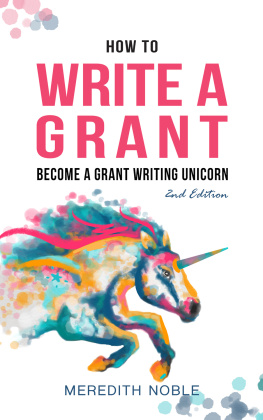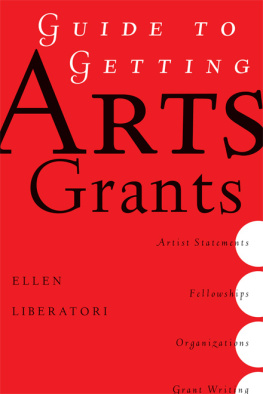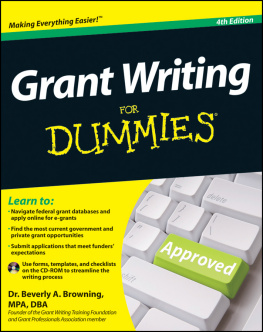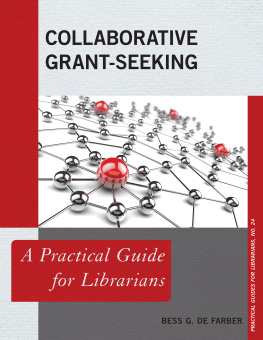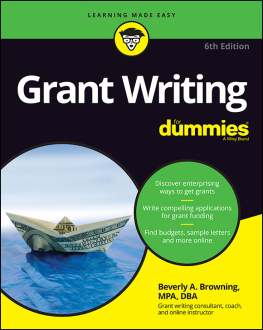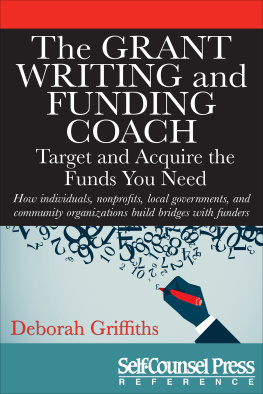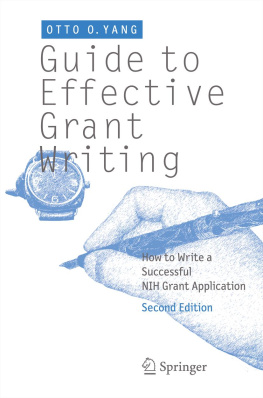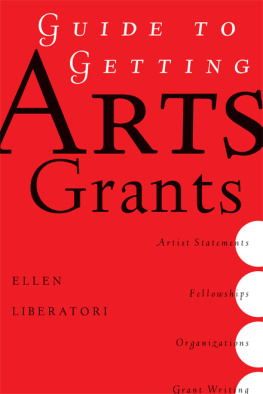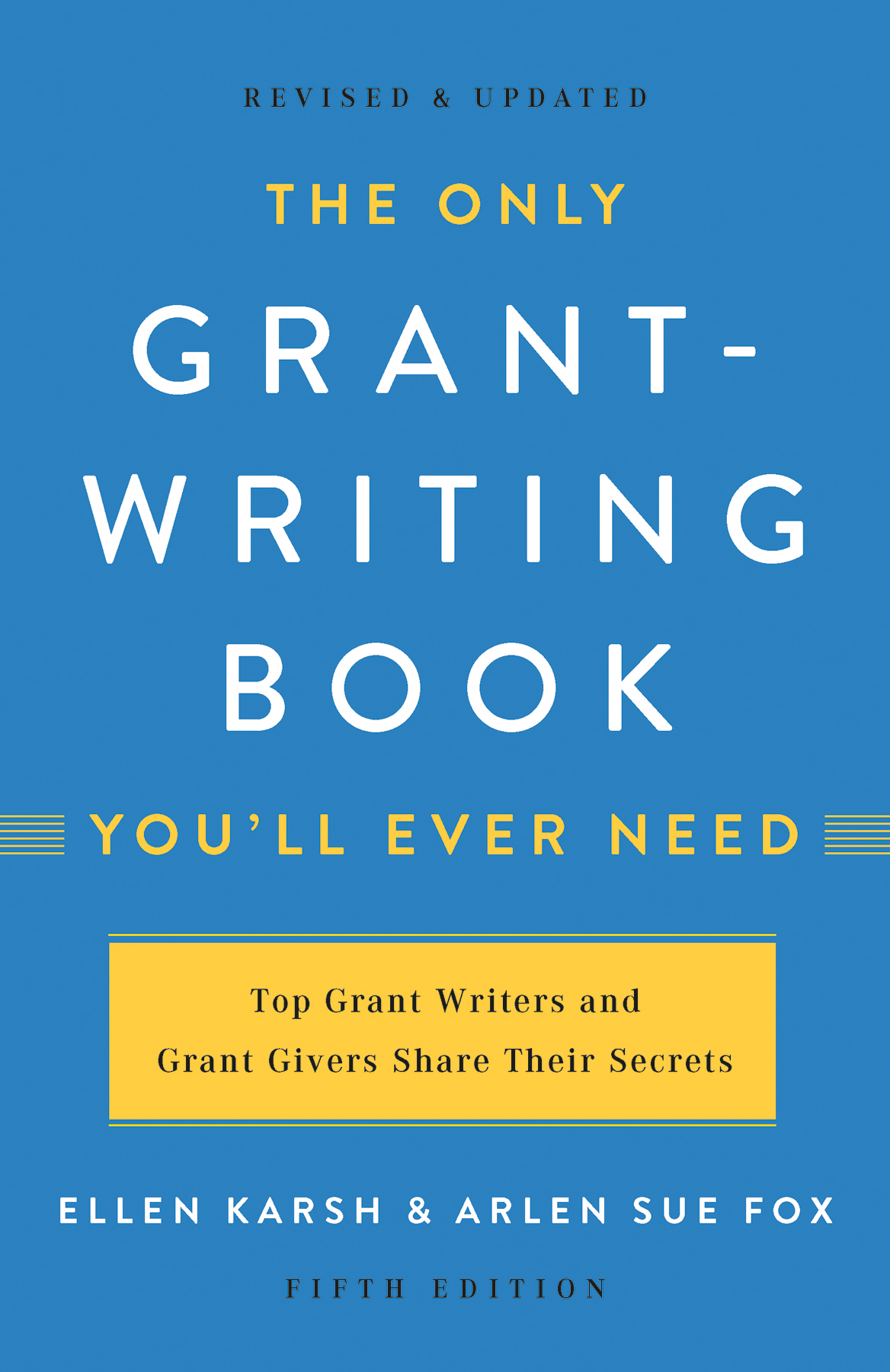Copyright 2003, 2006, 2009, 2014, 2019 by Ellen Karsh and Arlen Sue Fox
Cover design by Eleen Cheung
Cover copyright 2019 Hachette Book Group, Inc.
Hachette Book Group supports the right to free expression and the value of copyright. The purpose of copyright is to encourage writers and artists to produce the creative works that enrich our culture.
The scanning, uploading, and distribution of this book without permission is a theft of the authors intellectual property. If you would like permission to use material from the book (other than for review purposes), please contact permissions@hbgusa.com. Thank you for your support of the authors rights.
Basic Books
Hachette Book Group
1290 Avenue of the Americas, New York, NY 10104
www.basicbooks.com
Originally published by Basic Books in July 2003
Fifth Edition: November 2019
Published by Basic Books, an imprint of Perseus Books, LLC, a subsidiary of Hachette Book Group, Inc. The Basic Books name and logo is a trademark of the Hachette Book Group.
The publisher is not responsible for websites (or their content) that are not owned by the publisher.
Library of Congress Cataloging-in-Publication Data
Names: Karsh, Ellen, author. | Fox, Arlen Sue, author.
Title: The only grant-writing book youll ever need / Ellen Karsh and Arlen Sue Fox.
Description: Fifth Edition. | New York : Basic Books, [2019] | Revised edition of the authors The only grant-writing book youll ever need, 2014. | Includes bibliographical references and index.
Identifiers: LCCN 2019020178 (print) | LCCN 2019022254 (ebook) | ISBN 9781541617810 (pbk.)
Subjects: LCSH: Proposal writing for grantsUnited States. | Grants-in-aidUnited States. | Fund raisingUnited States.
Classification: LCC HG177.5.U6 K37 2019 (print) | LCC HG177.5.U6 (ebook) | DDC 658.15/224dc23
LC record available at https://lccn.loc.gov/2019020178
LC ebook record available at https://lccn.loc.gov/2019022254
ISBNs: 978-1-5416-1781-0 (paperback), 978-1-5416-1912-8 (ebook)
E3-20191005-JV-NF-ORI
In memory of Tess and Rubin Karsh and Ruth and Irv Barish
ONCE AGAIN we are preparing a new edition of The Only Grant-Writing Book Youll Ever Need in a climate of change and uncertainty. One day maybe this wont be the case, but were starting to have our doubts. As in past editions, our purpose is to help you write the best proposal possible, whatever the climate, to enhance your chances of getting funding for your organization, educational institution, or personal projects. And, as for past editions, we have turned to foundation officers, outstanding nonprofits leaders, and government officials to seek their best advice. Always in the past we have been able to assure you that, even when the search was difficult, there still would be plenty of grants available if you knew how to find the right funder and present your case clearly and forcibly. This still is true for many foundation and government grants, but we need to sound an alarm to organizations that depend largely on government grants and contracts.
If you have been reading the newspapers and listening to pundits over the last few years, you are aware that the federal government is engaged in major changes and that budget concerns may force significant retrenchment in many service areas. Many state and local governments traditionally receive and pass on federal funding to educational institutions and nonprofits. But we hear from government officials that there are likely to be fewer grants and contracts to state and local governments and to nonprofit organizations over the coming years. Local governments that have managed to keep needed programs afloat in the face of recent federal and state cuts may find it harder and harder to do so. And we hear from foundations watching this process that they are unlikely to be able to pick up the slack in funding. Although there is hope that such conditions may change over time, organizations that do not prepare for cuts in government funding in the near future may not be around to benefit in the long run.
So a new purpose for this book is to encourage you not only to perfect your grantsmanship skills to function in an even more highly competitive era than in the past but also to identify and implement fundraising methods that do not depend on grants. We will mention, but not discuss in this book, common fundraising methods that many of you already useannual appeals, fundraising events, crowdfunding and other social media, events and journals, and more. We believe you need to increase your outreach in your communities to enhance the unrestricted income that you bring in from these activities. There are many excellent books and online resources to help you do this.
We also want to introduce you to some innovative, and sometimes controversial, fundraising methods described by our foundation and government contacts, presented in more detail in an updated introductory roundtable on the funding environment and in a new chapter, , in a section on writing a business plan.
because too many organizations acknowledge that they have done very little to diversify funding. And even these simple methods can be expanded and institutionalized to bring more resources into your organization.
We are suggesting broader approaches as well, incorporating both a planned and systematic use of volunteers and what we will call business-oriented or entrepreneurial sources of income (sometimes called social enterprise). In many organizations this will require something of a cultural shift because staff are committed to providing services for free to needy individuals and families. Unfortunately, these services are not free; they have been supported by government and foundation funding. To continue providing the essential services you know are so vital, you must find new ways to support them.
Because one of the authors of this book is a rabid baseball fan, we are once again using our national pastime to illustrate how organizations can think outside the (grant-writing-only) box when it comes to surviving when money is tightand, by the way, when isnt money tight?
There probably isnt a baseball fan around who wouldnt agree with this statement: Boy, has baseball changed. Most readers over 30 grew up never hearing of sabermetrics, a term that came into use in the early 2000s and was featured in a book (which became a hit movie), Moneyball by Michael Lewis. To make a long story short, sabermetrics replaces baseball managers hunches and years of experience with actual statistics. No longer do managers say, I know that Mighty Casey will hit a homerun now, even though (a) hes a lefty and so is the pitcher, (b) he cant hit a curve ball and this pitcher throws only curve balls, and (c) hes faced this particular pitcher 10 times and struck out all 10 times. Hes due. Today theres no way, with all the data and statistics available to the manager, that Mighty Casey would bat against this particular pitcher. The batter would instead be the player with statistics that make him the most likely to have success. Today teams keep track of everything about playersfrom how hard they hit the ball to how fast the ball comes off their bats to what direction the ball travels. Suddenly launch angle is all the rage in baseball. And all this information, these analytics, are loaded onto the managers tablets and used for in-game decisions, which is why fans watch as fielders shift around before each pitch is thrown so it will be a little more difficult for the batter to get a hit.


